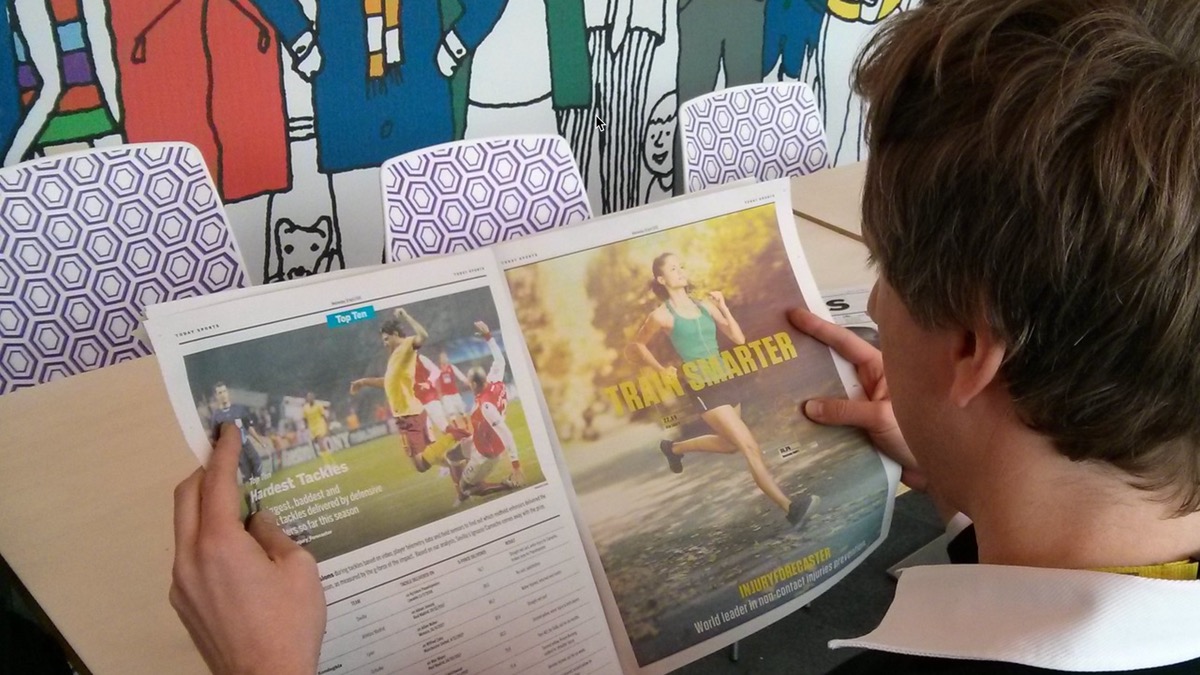Near Future Laboratory Blog
Thoughts, Reflections, Updates & Week Notes
Jul 15, 2023 – Feb 1, 2024
w1/w3/w4/w5/w29/w31/w40/w47/w52/ 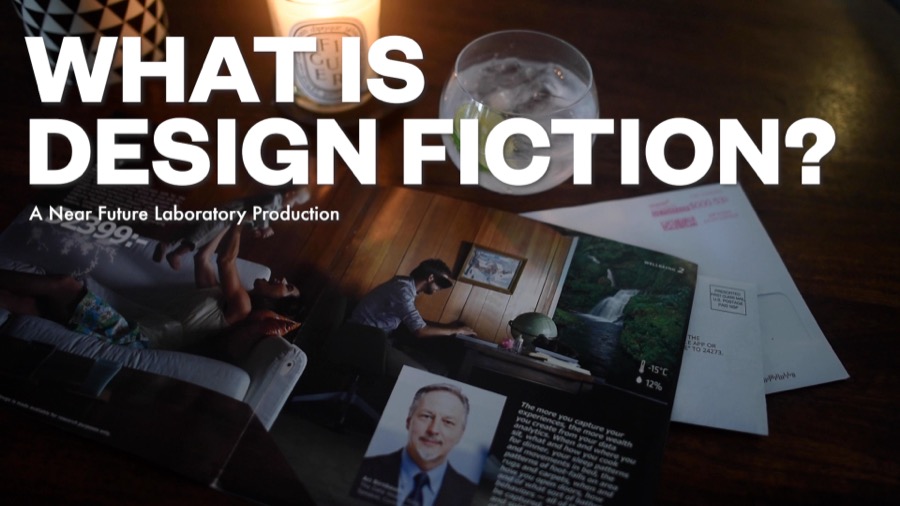
Feb 01, 2024
What is Design Fiction? Design Fiction uses sci-fi and design to create prototypes, envisioning future possibilities and their impacts. It helps organizations think beyond current trends, fostering a deeper understanding of potential technological and societal changes through tangible artifacts.
Design FictionMethodsvideo
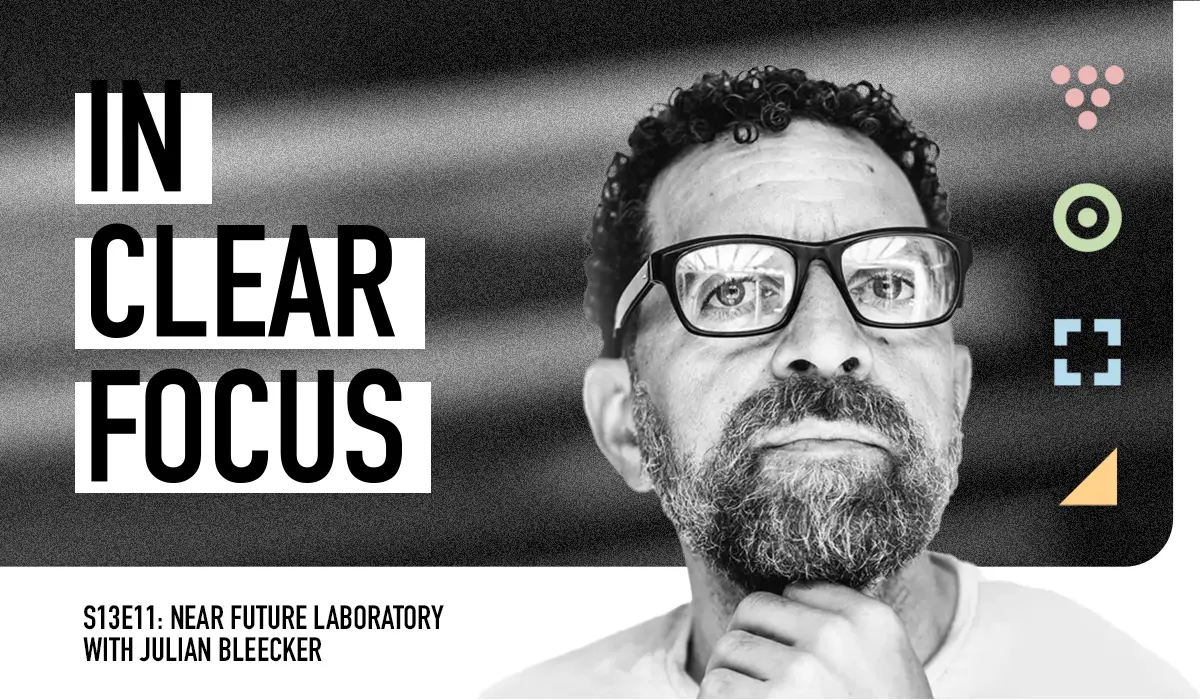
Jan 03, 2024
Julian Bleecker explains the development of Design Fiction, a method he pioneered for imagining future scenarios through the creation of tangible artifacts. Julian discusses some of the ways the practice can help guide decision-making and its uses in strategy and communication. Julian invites listeners to explore this interdisciplinary approach through publications and the , a community applying Design Fiction principles to a broad range of projects.
design fictionpodcastcreative strategymarketing

Dec 27, 2023
Julian Bleecker explains the development of Design Fiction, a method he pioneered for imagining future scenarios through the creation of tangible artifacts. Julian discusses some of the ways the practice can help guide decision-making and its uses in strategy and communication. Julian invites listeners to explore this interdisciplinary approach through publications and the community applying Design Fiction principles to a broad range of projects.
Design Fictionpodcastmarketing
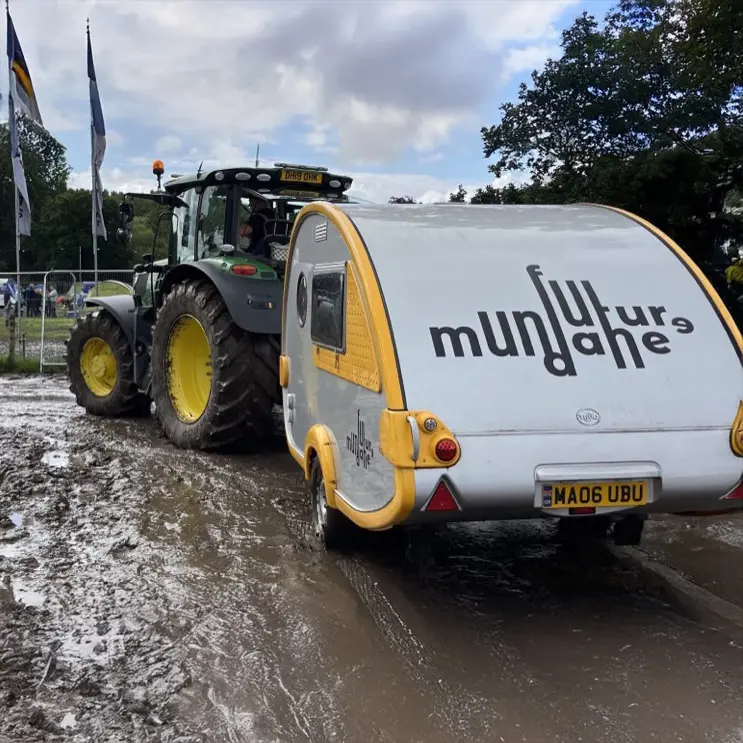
Nov 23, 2023
“Future Mundane” is a term coined to describe a Design Fiction approach that focuses on the normal, ordinary, everyday aspects of future scenarios. It involves exploring how emerging rituals, practices, artifacts, devices, technologies might integrate seamlessly into daily life, becoming mundane and almost invisible in their functionality; they become as normal as wheels on luggage, or televisions we talk to. Future Mundane is related to Design Fiction in the sense that both concepts involve speculative thinking about the future, but Future Mundane specifically emphasizes the subtle and unobtrusive integration of technology into everyday routines. It offers a unique perspective on how future innovations could blend seamlessly into our lives, contrasting with more dramatic or disruptive visions of the future often portrayed in traditional speculative design. By highlighting the potential for technology to become an unremarkable part of our daily experiences, Future Mundane encourages us to consider the social, cultural, and ethical implications of emerging technologies in a more nuanced and...
design fictionfuture mundaneeveryday futuresquotidian futuresnormal futuresapplied futuresapplied sensemaking
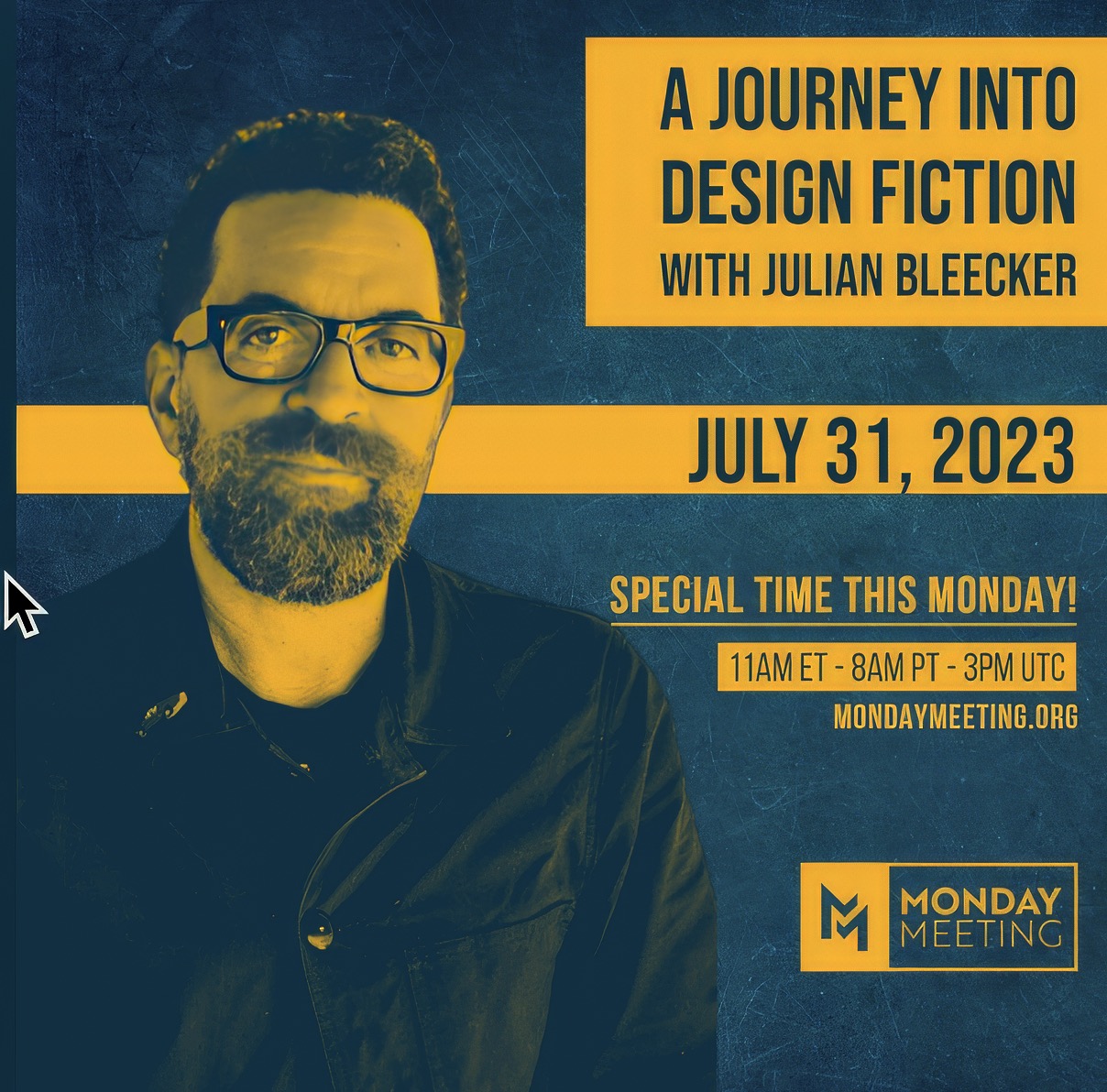
Jul 31, 2023
This podcast episode with Julian Bleecker discusses design fiction, emphasizing speculative design's role in projecting future possibilities and its influence on current design practices, highlighting the relevance of visual creativity and the intersection with technology.
podcastcreativitycreative consciousness
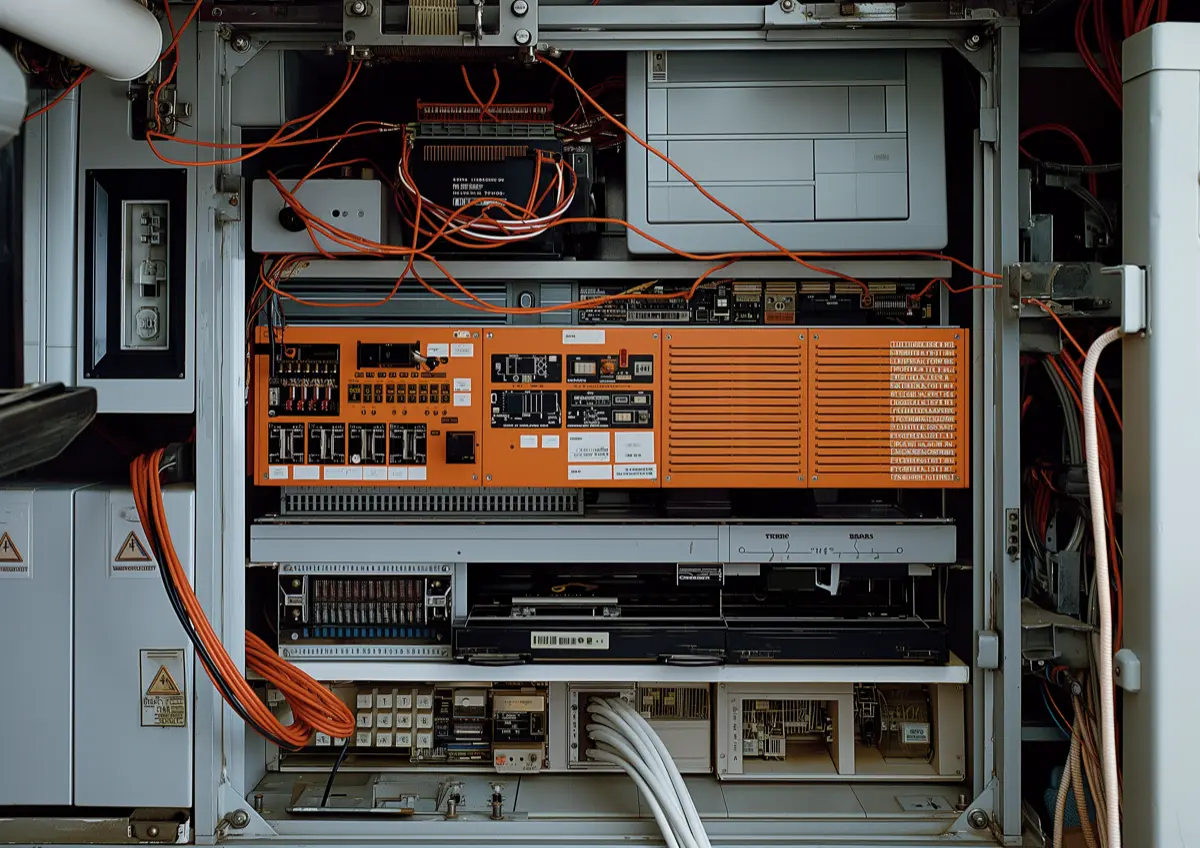
Jul 15, 2023
Normal, ordinary, everyday futures — a futures sensibility and approach to futuring that emphasizes realistic and grounded visions of the future, focusing on ordinary, everyday experiences rather than fantastical, science fiction-inspired depictions. It highlights how future societies will be shaped by the accumulation of past and present elements, showcasing a world that is accretive, filled with familiar objects, routines, and imperfections. By embracing this notion of Future Mundane, designers and futurists aim to create relatable, achievable futures that acknowledge the complexity and flaws inherent in real life.
design fictionfuture mundanefutures thinking

